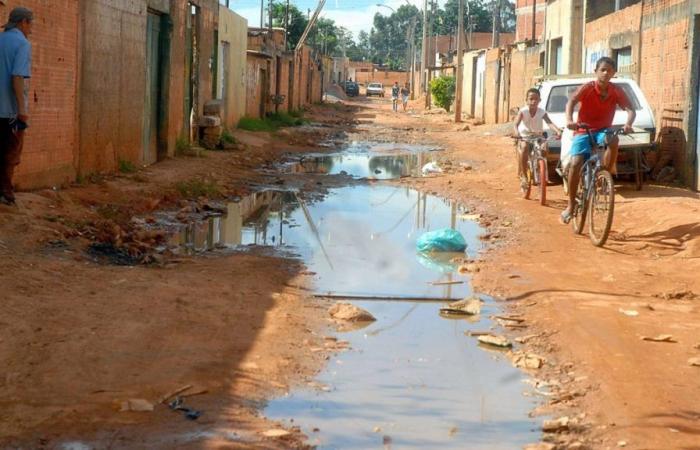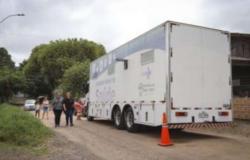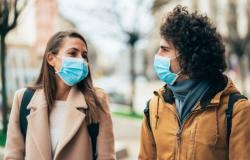What does dengue have to do with social inequality?
This Thursday (22), the Ministry of Health reported that Brazil surpassed the mark of 2 million cases of dengue in 2024. According to the ministry, there are 2,010,896 probable cases of the disease, with 682 registered deaths and 1042 under investigation.
The number of dengue cases in 2024 in the country is already a record in the official historical series, with the highest number of cases of the disease ever recorded in Brazil in the same year. So far, 2015 had been the worst year with 1,688,688 cases.
The year 2024 added another factor to the unprecedented dengue crisis: climate change. Two thousand and twenty-three was considered the hottest in the history of the planet, which led to an imbalance in temperatures and rainfall. This created an even more favorable environment for the proliferation of the mosquito that transmits the disease, since it needs stagnant water to reproduce — whether clean or dirty. And these breeding sites are found, above all, inside homes — around 75%, according to the Minister of Health, Nísia Trindade.
This is what the study carried out by researchers from the Oswaldo Cruz Foundation (Fiocruz) concluded: the increase in the incidence of dengue in regions that were previously little affected by the disease is directly linked to the frequent heat waves caused by environmental changes, as well as the growing occupation human resources from deforested areas.
However, in addition to favorable climatic conditions, such as rain that contribute to mosquito proliferation, structural flaws and socioeconomic inequalities are also a source of opportunity for the disease to spread disproportionately.
Beyond the climate: social inequality as a driver of dengue spread
Although it is true that dengue affects all layers of the population, regardless of class, its consequences are more severe for historically marginalized communities, who suffer from precarious living conditions and have restricted access to health resources.
Brazil is an unequal country: 46.2% of homes have some type of lack of basic sanitation, according to the Brazilian Institute of Geography and Statistics (IBGE). Furthermore, of the 49 million Brazilians who live in homes without adequate sewage treatment, 68.6% are black and mixed race.
In this way, the dengue epidemic demonstrates a direct relationship with a phenomenon known as environmental racism. Created in 1981 by the African-American activist Dr. Benjamin Franklin Chavis Jr., the term emerged from the leader’s analysis of the relationship between environmental irregularities and the black American population.
In short, environmental racism is a form of socio-environmental inequality that affects, above all, marginalized communities. Due to pollution and the lack of infrastructure for the correct disposal of waste, water treatment and basic sanitation, for example, these groups become even more vulnerable to disasters and diseases, such as dengue fever.
“These communities suffer the negative impacts of environmental degradation and lack of access to natural resources and environmental services, while more privileged populations enjoy greater environmental protection and better living conditions”, says an article published in 2023 by the Center for Studies Fiocruz Strategies.
And the United Nations (UN) has already created two terms to define the consequences of this unequal system: “climate apartheid” and “climate gentrification”. The first concerns the disproportionate way in which marginalized groups are affected by climate change. The second, in turn, concerns the concentration of richer classes in greener areas that are less susceptible to disasters, after the expulsion or marginalization of the original and vulnerable groups.
Therefore, if it is not prevented before its peak — expected for the months of April and May, when the rains are expected to be more intense — the dengue crisis could bring even more problems to the peripheral population.
There are still no studies from the year 2024 on the incidence of the disease in marginalized areas. However, it is possible to sketch a panorama with a study carried out in 2023 by Fiocruz in Pernambuco, which revealed that people from poor neighborhoods were up to three times more likely to be infected by the virus than residents of rich neighborhoods.
Vaccine: not enough hope
Even though the dengue vaccine represents hope in the fight against dengue, it is not possible to say that this battle has been completely ‘won’.
Before starting immunizations — which had and still have limited scope in the Unified Health System (SUS) — the Minister of Health, Nísia Trindade, said that the federal government “cannot sell the illusion” that there are enough doses against dengue capable of suppressing the epidemic occurring in Brazil.
Since the start of the vaccination program, more than 1.2 million doses of the vaccine have been distributed, with 250,000 doses applied in the public health network. The priority is to vaccinate children between 10 and 14 years old who are in areas where the incidence of the virus is higher — such as cities that have declared a state of emergency.
It is expected that, by the end of this year, vaccination with Qdenga, the commercial name of the vaccine ordered by Health, will be expanded to teenagers aged 12,13 and 14 who live in the 521 municipalities. Therefore, the current expectation is that less than half of the population will be vaccinated.
“Vaccines are a very important instrument, but they are not the only one. We are recommending control strategies. (…) vector control is extremely important,” said Nísia Trindade, referring to the transmitting mosquitoes, which proliferate in stagnant water.
Want to stay up to date with the main news of the day? Click here and join our WhatsApp channel






